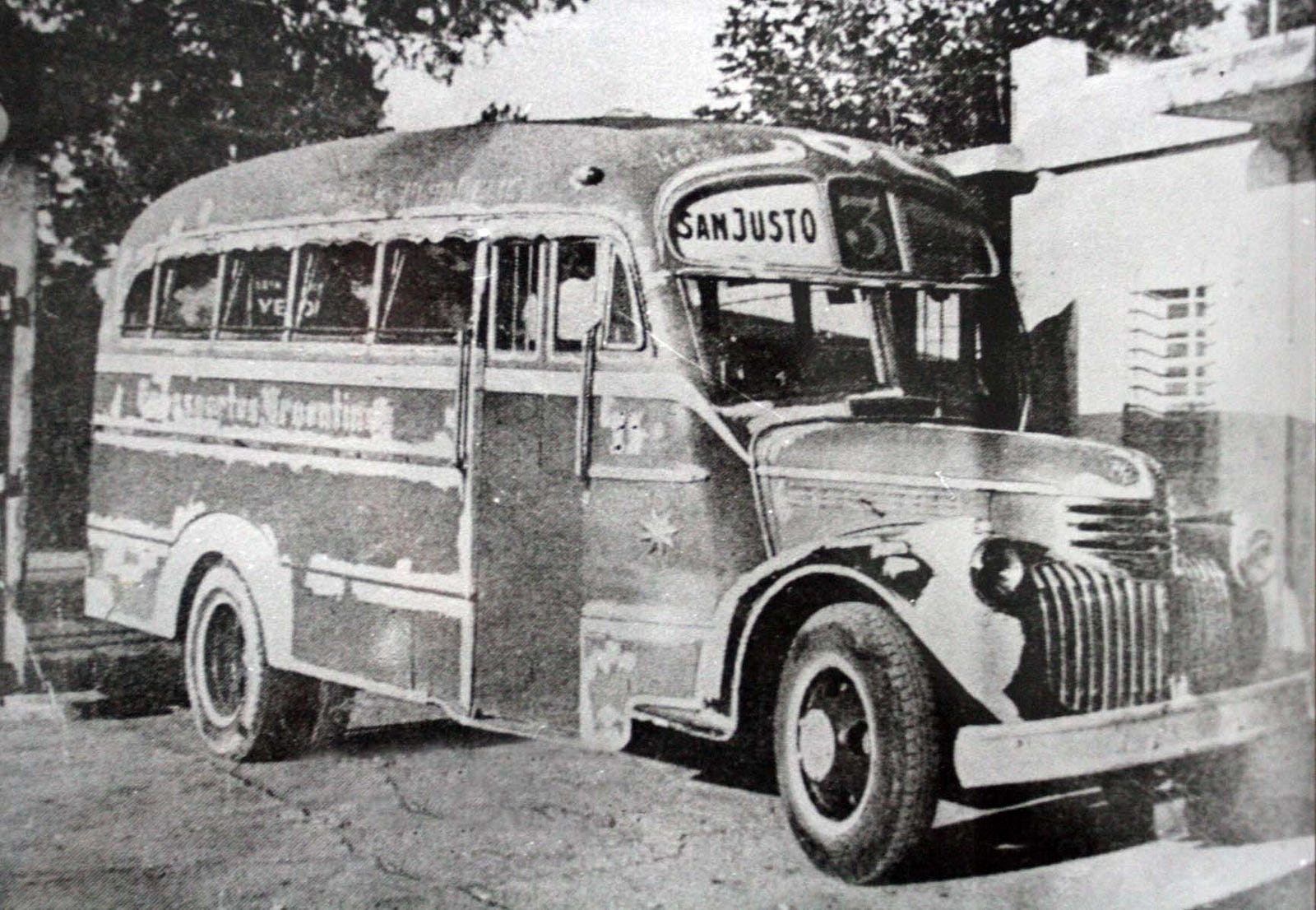
The collective (the name comes from collective transport) is the name given in Argentina and in other Spanish-speaking countries, to buses. The collectives in the City of Buenos Aires represent a typical Buenos Aires icon, and a typical Argentine icon, colloquially called bondi. Its origin in the city of Buenos Aires dates back to 1928, when a group of taxi drivers decided to make a fixed route announcing it with a sign on its front and allowing more than one passenger to go up. Bus is an apheresis of the Greek word autos and the Latin omnibus. Ómnibús derives from the owner of a hat shop, Monsieur Omnès, who with a play of words called his store «Omnes Omnibus». It was located in front of one of the first carriage stations in Nantes, France, in 1823. Omnès is the Latin resonance of omnes which means "all" and omnibus "for all". The citizens of Nantes soon after gave the nickname "Omnibus" to the vehicle. When the horse-drawn carriage was motorized after 1905, the bus was called a bus, a term that, like buses, is still used. The collective of buenos aires Main article: Collectives of Buenos Aires. The Collective in its maximum expression. To the urban bus in Buenos Aires and several localities of Argentina. Its history goes back to the late 1920s, when some taxi owners decided to establish a service with pre-established routes and fixed stops. Since the service was well accepted by the population of Buenos Aires, the "traspuntines"). In short, the origin of the Argentine collective was a taxi without a clock, which occupied all the seats and a fixed route was made, in a vehicle adapted for the end of the year. The fines of the 80s, the collective as a vehicle, the evolution of the bases and bodies for buses, production time, the system of collectives and their culture is maintained to this day.